Featured Post
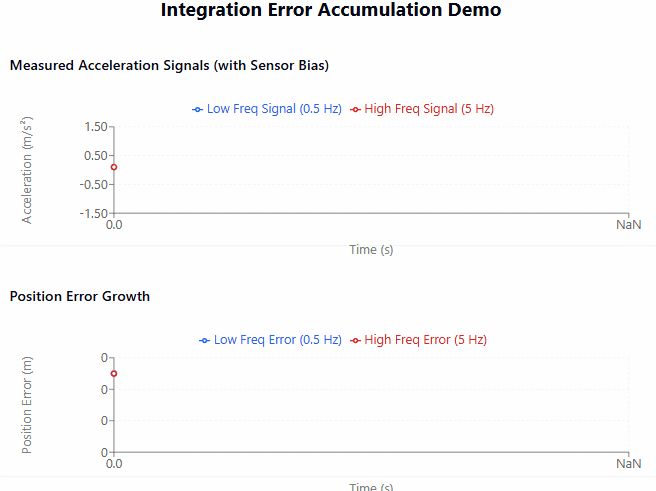
Challenges of Accelerometer Integration: High vs. Low Frequency Signal Errors
It's often assumed that integrating accelerometer measurements to obtain velocity and displacement is straightforward. While mathematically feasible, practical implementation faces significant challenges, especially with low-frequency signals. The animation demonstrates why integration is more...
December 08, 2024
Read MoreLatest Posts

Challenges of Accelerometer Integration: High vs. Low Frequency Signal Errors
It's often assumed that integrating accelerometer measurements to obtain velocity and displacement is straightforward. While mathematically feasible, practical implementation faces significant challenges, especially with low-frequency signals. The animation demonstrates why integration is more...
December 08, 2024
Read More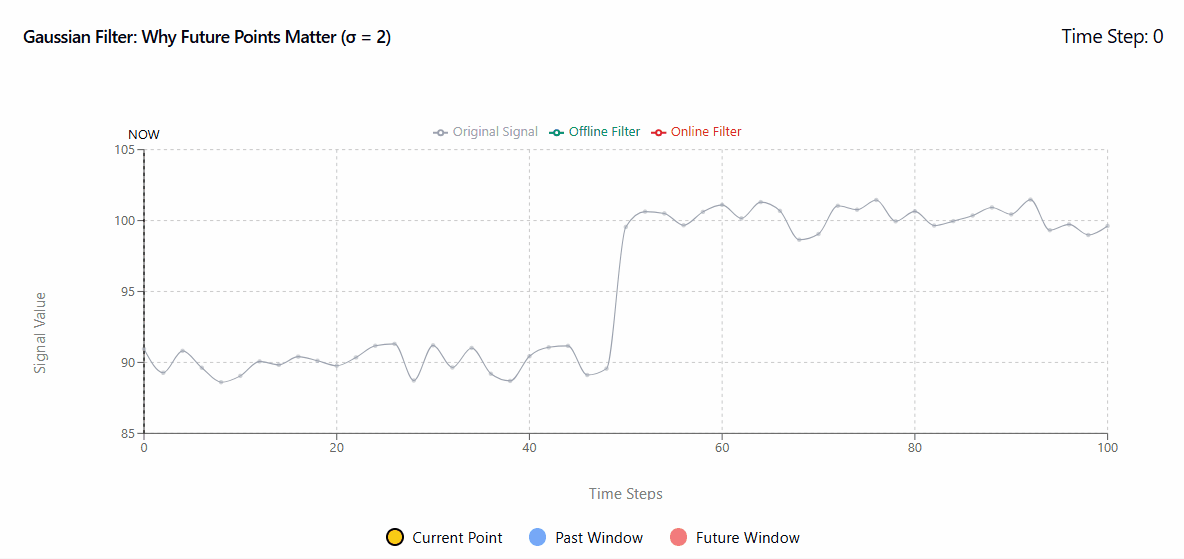
Gaussian Filters: Why They Fail in Real-Time
Gaussian filters are a cornerstone in the field of signal processing and data analysis. Known for their ability to smooth data effectively, Gaussian filters utilize a weighted average where the weights decrease exponentially. This characteristic makes them particularly useful for reducing noise...
November 08, 2024
Read More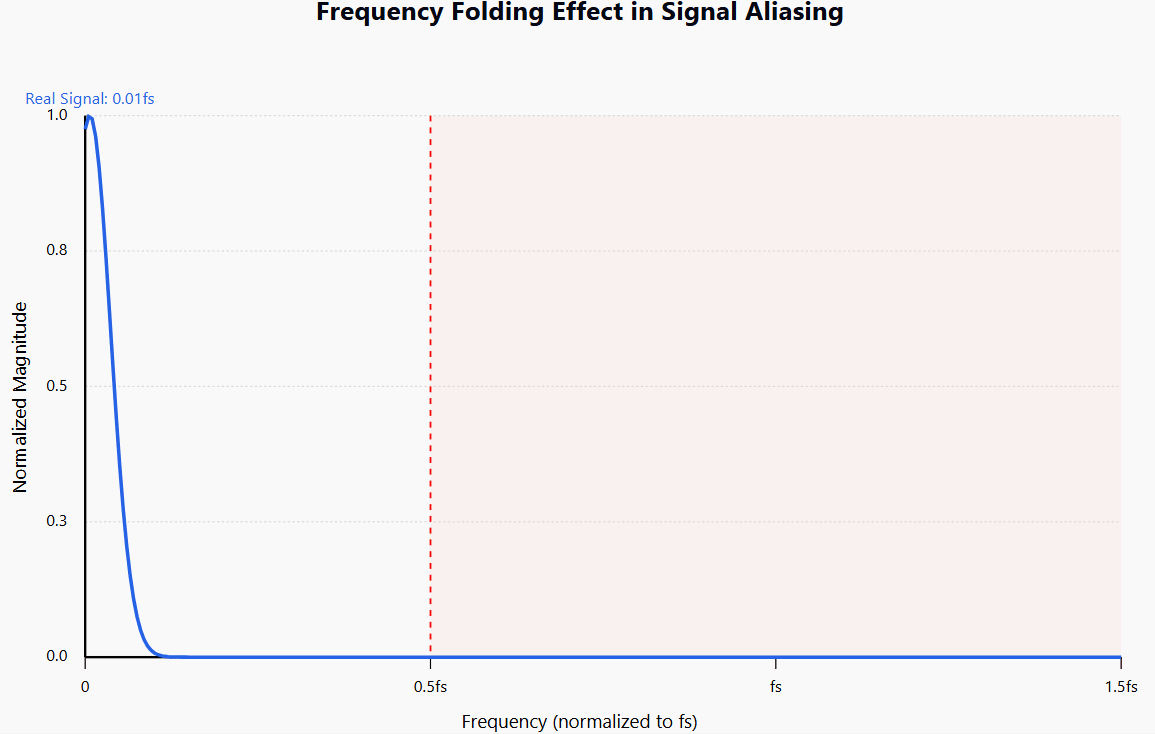
Understanding Frequency Folding in Signal Analysis
Frequency folding, also known as aliasing, is a critical concept in signal processing. It occurs when signal frequencies overlap due to an insufficient sampling frequency. This phenomenon creates deceptive aliases that fold around the Nyquist frequency (fs/2), leading to significant inaccuracies...
November 08, 2024
Read MoreFiltered Posts

Challenges of Accelerometer Integration: High vs. Low Frequency Signal Errors
It's often assumed that integrating accelerometer measurements to obtain velocity and displacement is straightforward. While mathematically feasible, practical implementation faces significant challenges, especially with low-frequency signals. The animation demonstrates why integration is more...
December 08, 2024
Read More
Gaussian Filters: Why They Fail in Real-Time
Gaussian filters are a cornerstone in the field of signal processing and data analysis. Known for their ability to smooth data effectively, Gaussian filters utilize a weighted average where the weights decrease exponentially. This characteristic makes them particularly useful for reducing noise...
November 08, 2024
Read More
Understanding Frequency Folding in Signal Analysis
Frequency folding, also known as aliasing, is a critical concept in signal processing. It occurs when signal frequencies overlap due to an insufficient sampling frequency. This phenomenon creates deceptive aliases that fold around the Nyquist frequency (fs/2), leading to significant inaccuracies...
November 08, 2024
Read More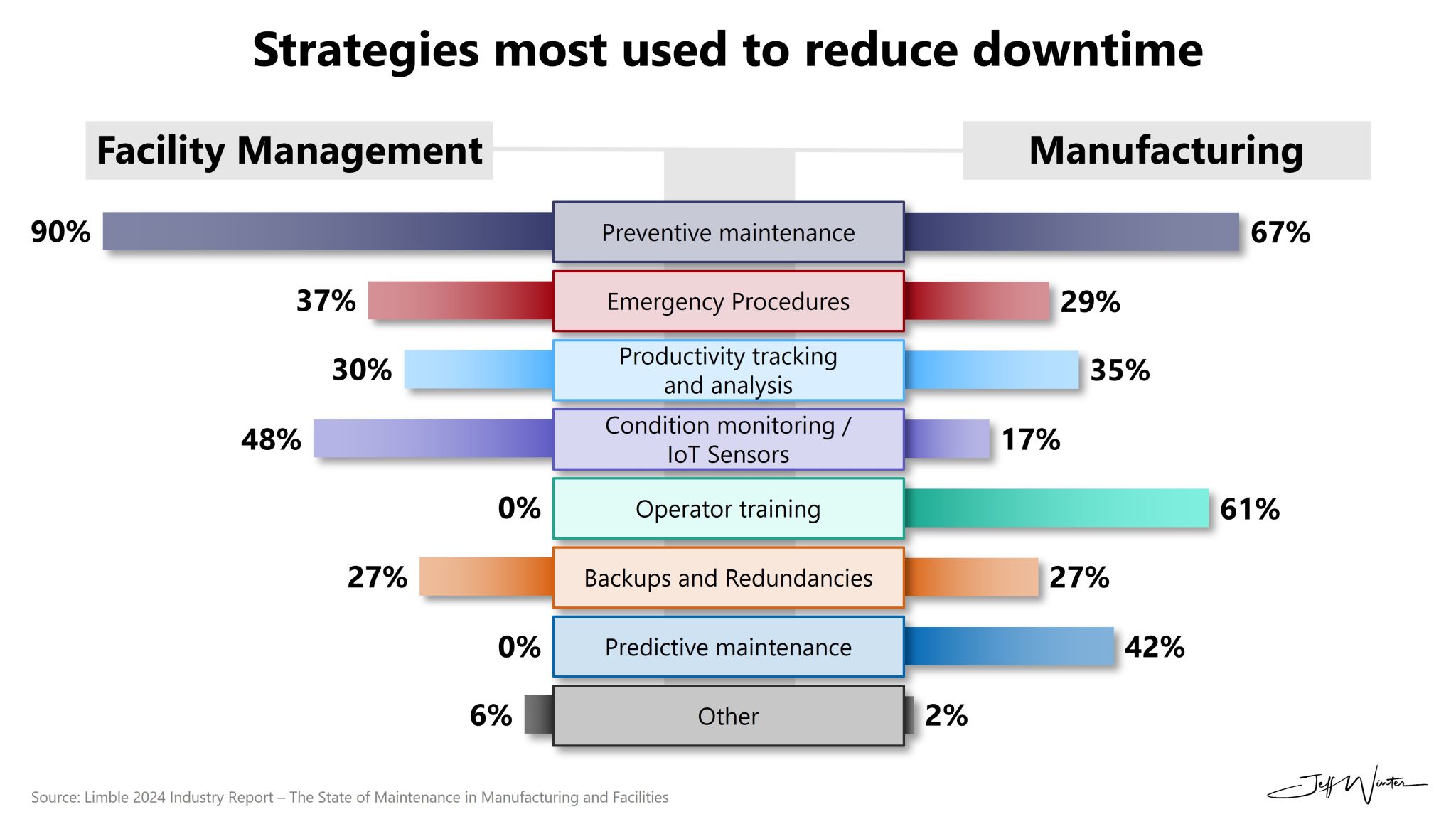
Over-Prevention: The Hidden Trap in Facility Maintenance
The Counter-Intuitive Reality The data reveals a fascinating paradox: Facility Management's heavy reliance on preventive maintenance (90%) might actually be less efficient than Manufacturing's more balanced approach (67%). Why This Matters While Facility Management focuses intensely on...
November 07, 2024
Read More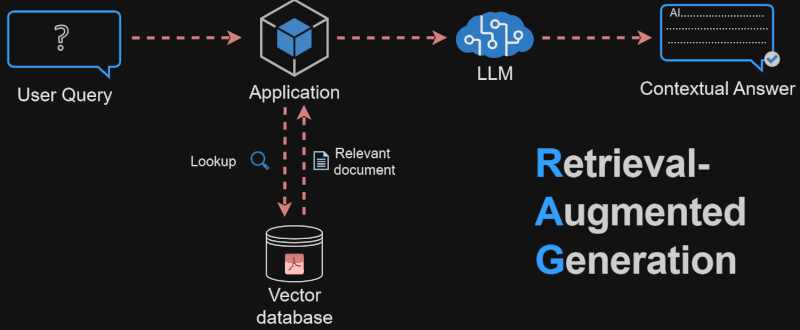
Retrieval Augmented Generation: The Future of Context-Aware AI Systems
Retrieval-Augmented Generation (RAG) represents a transformative approach in how AI systems process and respond to queries by incorporating contextual knowledge retrieval. This groundbreaking methodology significantly enhances the capabilities of large language models (LLMs) beyond their initial...
November 07, 2024
Read More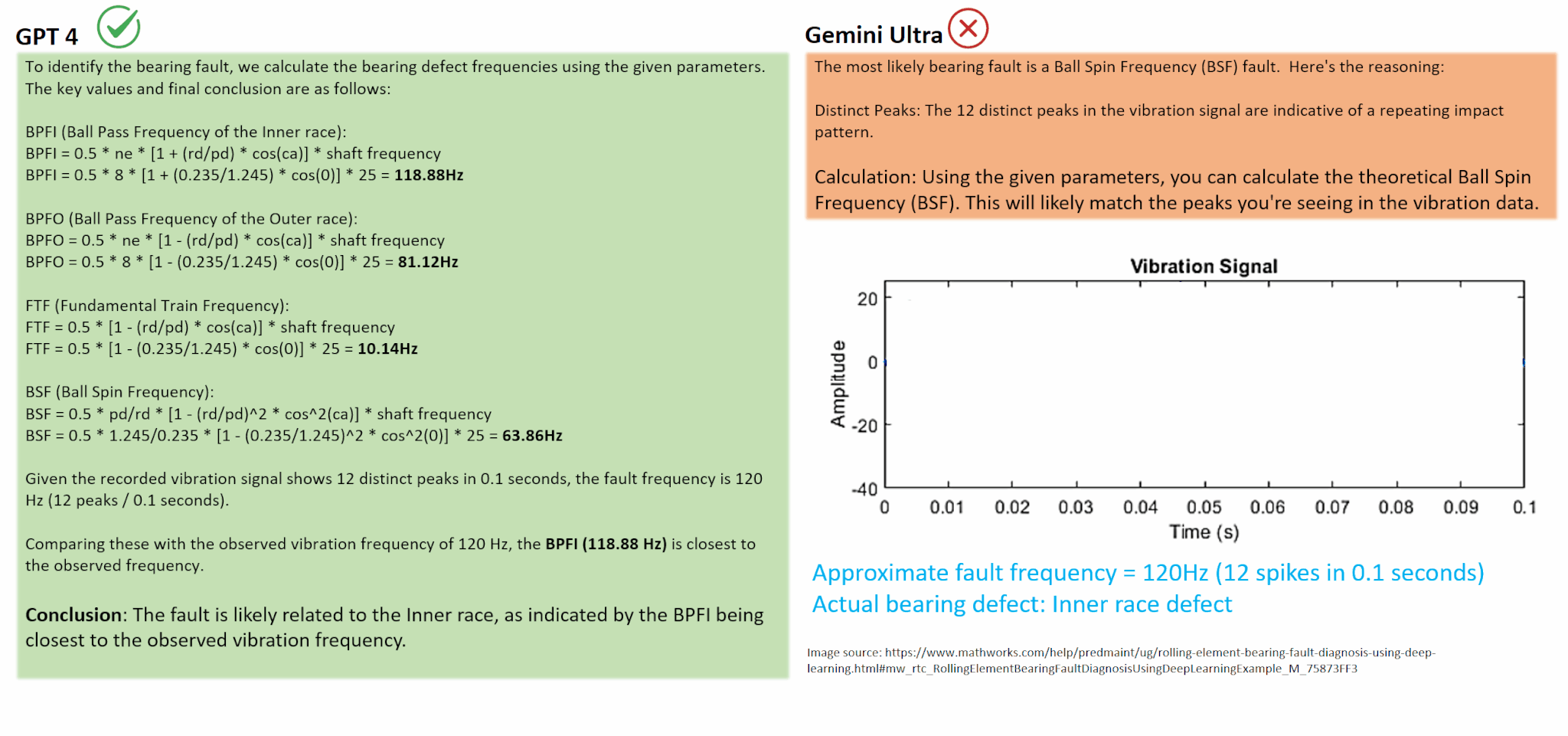
Evaluating LLMs for Predictive Maintenance: Gemini Ultra vs. GPT-4
Introduction With Google's recent unveiling of Gemini Ultra, the AI world is buzzing with excitement. As a mechanical engineer passionate about predictive maintenance, I couldn't resist putting both AI giants to the test in a real-world engineering challenge: bearing fault diagnosis. The...
November 07, 2024
Read More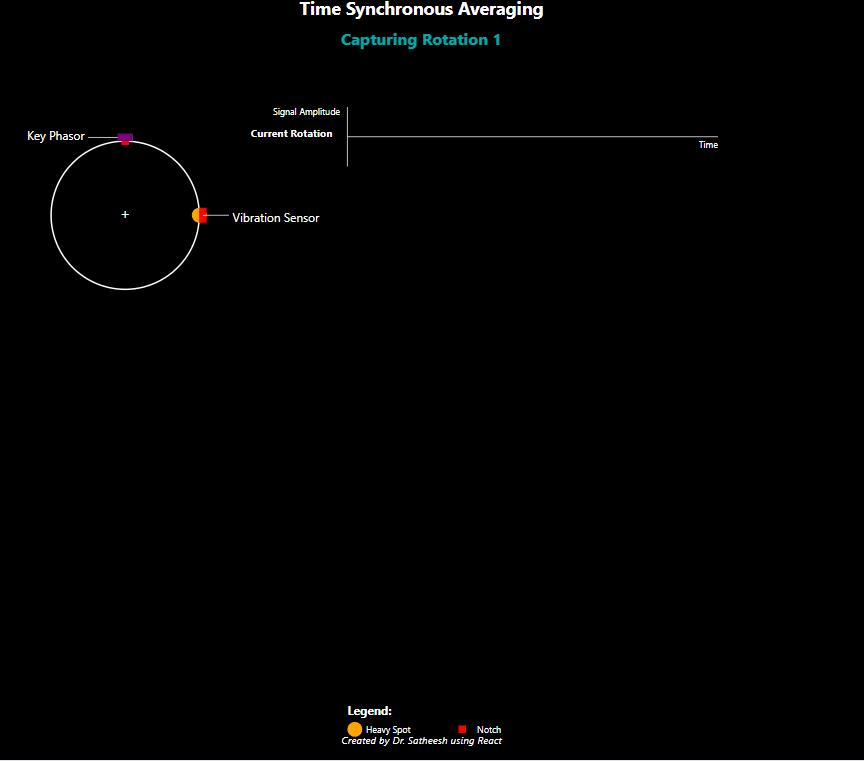
Time Synchronous Averaging: Innovative Signal Processing Technique for Rotary Equipment
Time Synchronous Averaging (TSA) is a sophisticated and powerful signal processing technique that plays a crucial role in the field of rotational machinery diagnostics. The main objective of TSA is to enhance the clarity and accuracy of diagnostic processes by significantly reducing noise and...
November 06, 2024
Read More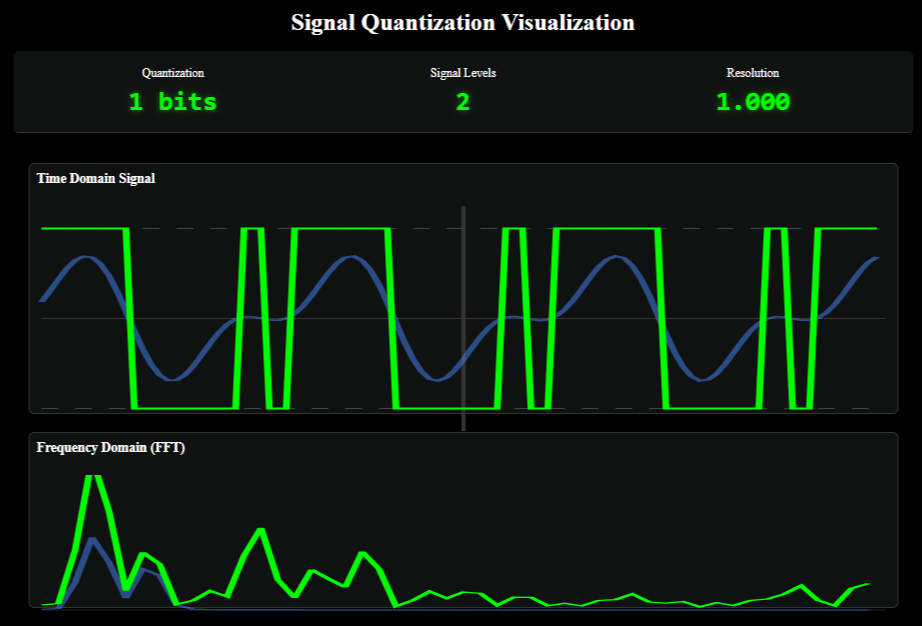
Demystifying Signal Quantization
Signal quantization is the process of mapping a continuous-range signal to a discrete set of values. Think of it as converting smooth, analog waves into stepped, digital levels. This process is fundamental in digital signal processing, where real-world continuous signals must be represented in...
November 05, 2024
Read More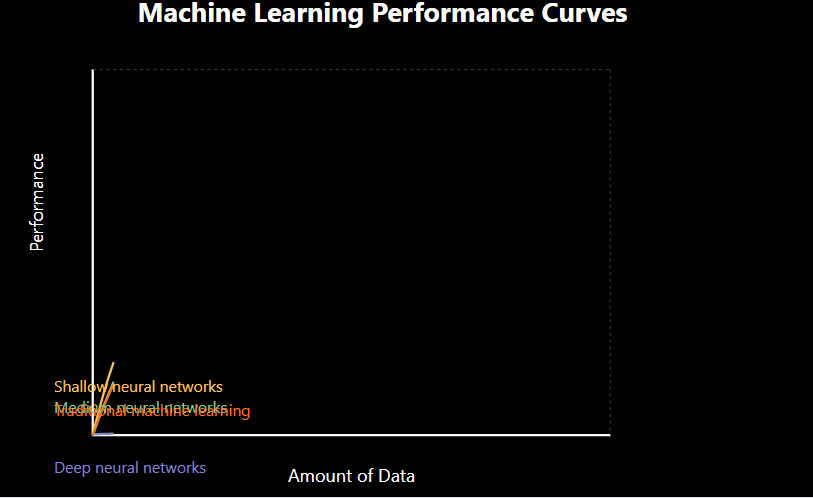
Why Deep Learning Dominates in the Era of Big Data: A Performance Scaling Guide - Test
Machine learning performance depends on data volume and model complexity. Here's how different approaches compare as data grows: 1. Traditional Machine Learning - Improves initially but plateaus quickly - Limited ability to leverage large datasets 2. Shallow Neural Networks - Outperform...
November 05, 2024
Read More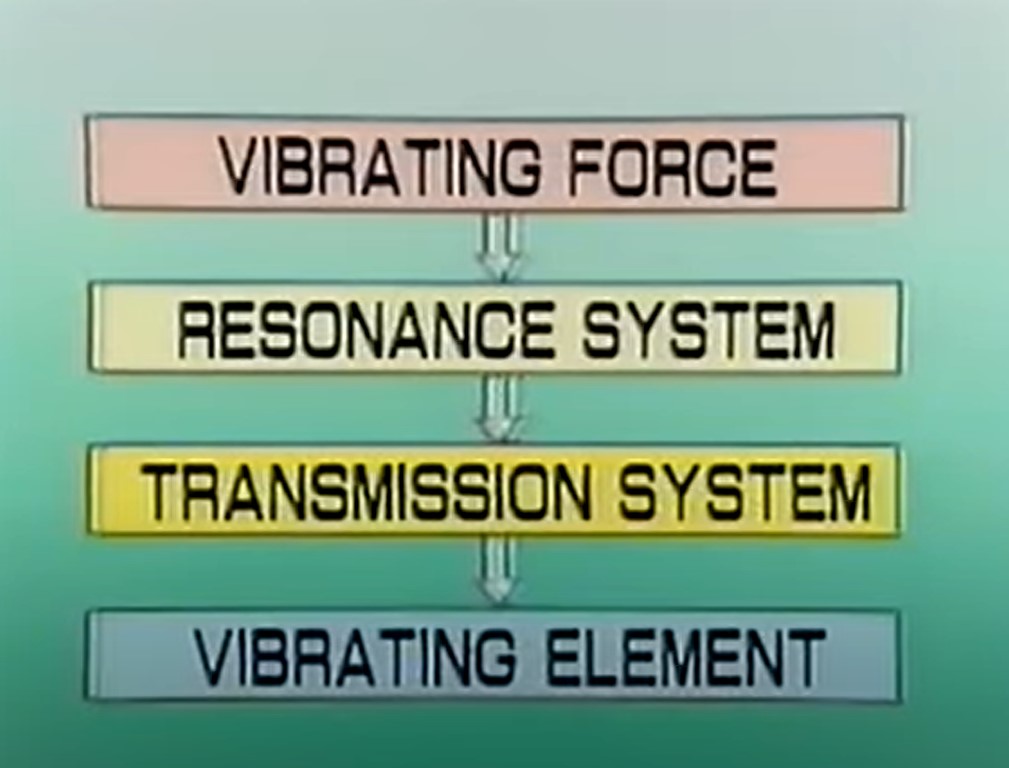
Industrial Vibration: The Four Culprits
Industrial vibration is a complex phenomenon that affects machinery, structures, and workplace safety. Understanding its core components is crucial for effective control. Four essential elements must exist simultaneously for vibration to occur and propagate: 1. Vibrating Force The vibrating...
November 04, 2024
Read More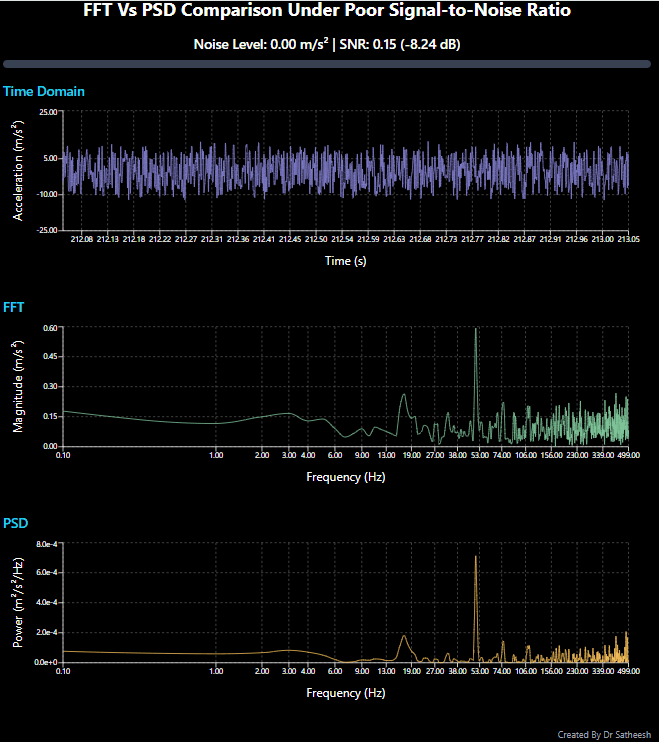
PSD vs FFT: Why Power Spectral Density Excels in Noisy Vibration Analysis
Steve Hanly's blog "𝗪𝗵𝘆 𝘁𝗵𝗲 𝗣𝗼𝘄𝗲𝗿 𝗦𝗽𝗲𝗰𝘁𝗿𝗮𝗹 𝗗𝗲𝗻𝘀𝗶𝘁𝘆 (𝗣𝗦𝗗) 𝗶𝘀 𝘁𝗵𝗲 𝗚𝗼𝗹𝗱 𝗦𝘁𝗮𝗻𝗱𝗮𝗿𝗱 𝗼𝗳 𝗩𝗶𝗯𝗿𝗮𝘁𝗶𝗼𝗻 𝗔𝗻𝗮𝗹𝘆𝘀𝗶𝘀" highlights PSD's advantages over FFT. However, Hanly overlooked a crucial point: PSD's remarkable resilience under poor signal-to-noise ratios (SNR). In the simulation shown below, noise is...
November 03, 2024
Read More